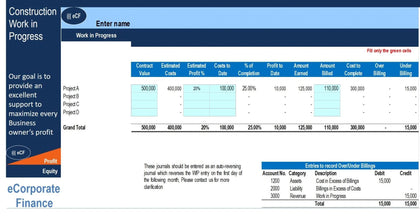Income Categorization Model
IFRS 15 establishes the principles that an entity applies when reporting information about the nature, amount, timing and uncertainty of revenue and cash flows from a contract with a customer. Applying IFRS 15, an entity recognises revenue to depict the transfer of promised goods or services to the customer in an amount that reflects the consideration to which the entity expects to be entitled in exchange for those goods or services.
To recognise revenue under IFRS 15, an entity applies the following five steps:
identify the contract(s) with a customer.
identify the performance obligations in the contract. Performance obligations are promises in a contract to transfer to a customer goods or services that are distinct.<
Determine the transaction price. The transaction price is the amount of consideration to which an entity expects to be entitled in exchange for transferring promised goods or services to a customer. If the consideration promised in a contract includes a variable amount, an entity must estimate the amount of consideration to which it expects to be entitled in exchange for transferring the promised goods or services to a customer.
If any amount which is recorded in dispute of the rule defined, this model allows to adjust the amount posted as per posting date to it's actual period when services are rendered by taking narration as basis, assuming narration includes the information of period in against of invoice/income recorded as per posting date.
It's a model which adjusts general entry to the period mentioned in its narration by identifying the period involved, distributing average amount per month to the months involved in the period and summarizing it to per month average.
It works where data has been posted as per posting date rather through matching concept principal.
To recognise revenue under IFRS 15, an entity applies the following five steps:
identify the contract(s) with a customer.
identify the performance obligations in the contract. Performance obligations are promises in a contract to transfer to a customer goods or services that are distinct.<
Determine the transaction price. The transaction price is the amount of consideration to which an entity expects to be entitled in exchange for transferring promised goods or services to a customer. If the consideration promised in a contract includes a variable amount, an entity must estimate the amount of consideration to which it expects to be entitled in exchange for transferring the promised goods or services to a customer.
If any amount which is recorded in dispute of the rule defined, this model allows to adjust the amount posted as per posting date to it's actual period when services are rendered by taking narration as basis, assuming narration includes the information of period in against of invoice/income recorded as per posting date.
It's a model which adjusts general entry to the period mentioned in its narration by identifying the period involved, distributing average amount per month to the months involved in the period and summarizing it to per month average.
It works where data has been posted as per posting date rather through matching concept principal.























